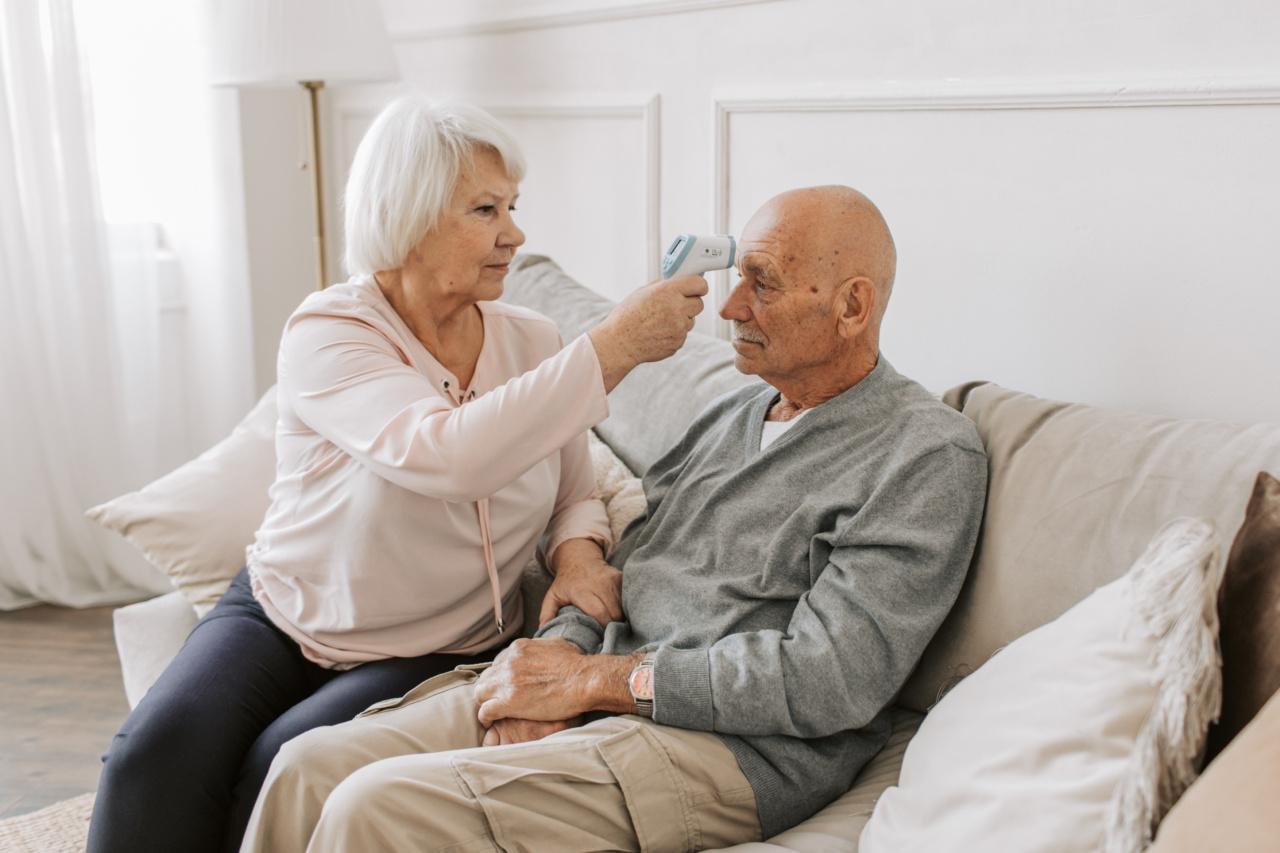Accurate temperature readings are crucial in various applications, including medical, food preparation, and scientific experiments. To obtain precise temperature measurements, it is essential to follow certain steps while using a thermometer.
This article discusses the necessary steps to take to ensure an accurate temperature reading with a thermometer.
Step 1: Select the Right Thermometer
The first step towards obtaining an accurate temperature reading is choosing the right thermometer for the specific application.
Various types of thermometers are available, such as digital thermometers, mercury thermometers, infrared thermometers, and thermocouples. Each type has its advantages and limitations, and selecting the appropriate one is crucial for accurate measurements.
Step 2: Perform Calibration
Before using the thermometer, it is highly recommended to perform calibration. Calibration ensures that the readings are accurate, especially if the thermometer has been subjected to extreme temperature conditions or impact.
Follow the manufacturer’s instructions to calibrate the thermometer properly. Calibration involves comparing the thermometer readings to a known accurate reference point.
Step 3: Ensure Proper Storage
Proper storage of the thermometer is vital to maintain its accuracy. Ensure that the thermometer is stored in a clean, dry, and stable environment, away from any extreme temperatures or direct sunlight.
This helps prevent damage to the instrument and ensures that it provides consistent and accurate readings over time.
Step 4: Prepare the Thermometer
Before using the thermometer, it is essential to prepare it correctly. This involves checking for any visible defects or damages to the thermometer.
Ensure that the tip of the thermometer is clean and free from any debris or residue that could affect the accuracy of the readings. If necessary, sanitize the thermometer following the manufacturer’s guidelines.
Step 5: Wait for the Stabilization
Allow sufficient time for the thermometer to stabilize before attempting to take a temperature reading. This is particularly important for thermometers that require contact with the object or substance being measured.
Stabilization ensures that the temperature sensor of the thermometer reaches equilibrium with the environment, providing more accurate and reliable readings.
Step 6: Position the Thermometer Correctly
The positioning of the thermometer plays a crucial role in obtaining accurate temperature measurements. Follow the specific instructions provided by the thermometer manufacturer for proper positioning.
For example, when using a digital thermometer orally, place it under the tongue and close the mouth for the recommended time duration. Proper positioning ensures that the sensor comes into contact with the target area and minimizes the influence of external factors.
Step 7: Consider Ambient Temperature
When measuring temperatures, especially in environments with varying temperatures, it is important to consider the ambient temperature. The surrounding temperature can affect the accuracy of the readings.
If possible, measure the ambient temperature separately and adjust the readings accordingly to obtain a more accurate reading of the target object or substance.
Step 8: Take Multiple Readings
To increase the accuracy of temperature readings, it is beneficial to take multiple readings. This helps eliminate potential errors or variances caused by factors such as uneven surface temperatures or sensor inconsistencies.
Take readings from different parts of the target object or substance and calculate the average for a more precise representation of the overall temperature.
Step 9: Maintain the Thermometer’s Condition
Regular maintenance and care of the thermometer are essential for reliable and accurate temperature readings.
Clean the thermometer after each use, following the manufacturer’s guidelines, to remove any contamination that could affect future readings. Store the thermometer properly and replace batteries or other components as recommended by the manufacturer to ensure optimal performance.
Step 10: Periodic Calibration and Verification
To ensure ongoing accuracy, periodic calibration and verification of the thermometer are necessary. Over time, thermometers can drift from their original calibration, leading to inaccurate readings.
Follow the manufacturer’s recommendations for calibration frequency and perform periodic verification using a known reference point or a certified thermometer to confirm accuracy. This helps to maintain confidence in the thermometer’s readings.
Conclusion
Obtaining accurate temperature readings is crucial for numerous applications, and following the appropriate steps can significantly enhance measurement precision.
By selecting the right thermometer, performing calibration, ensuring proper storage, preparing the thermometer correctly, waiting for stabilization, positioning it accurately, considering ambient temperature, taking multiple readings, maintaining its condition, and conducting periodic calibration and verification, one can attain reliable and accurate temperature measurements. Adhering to these steps will contribute to improved quality control, increased safety, and enhanced scientific or medical research.




























